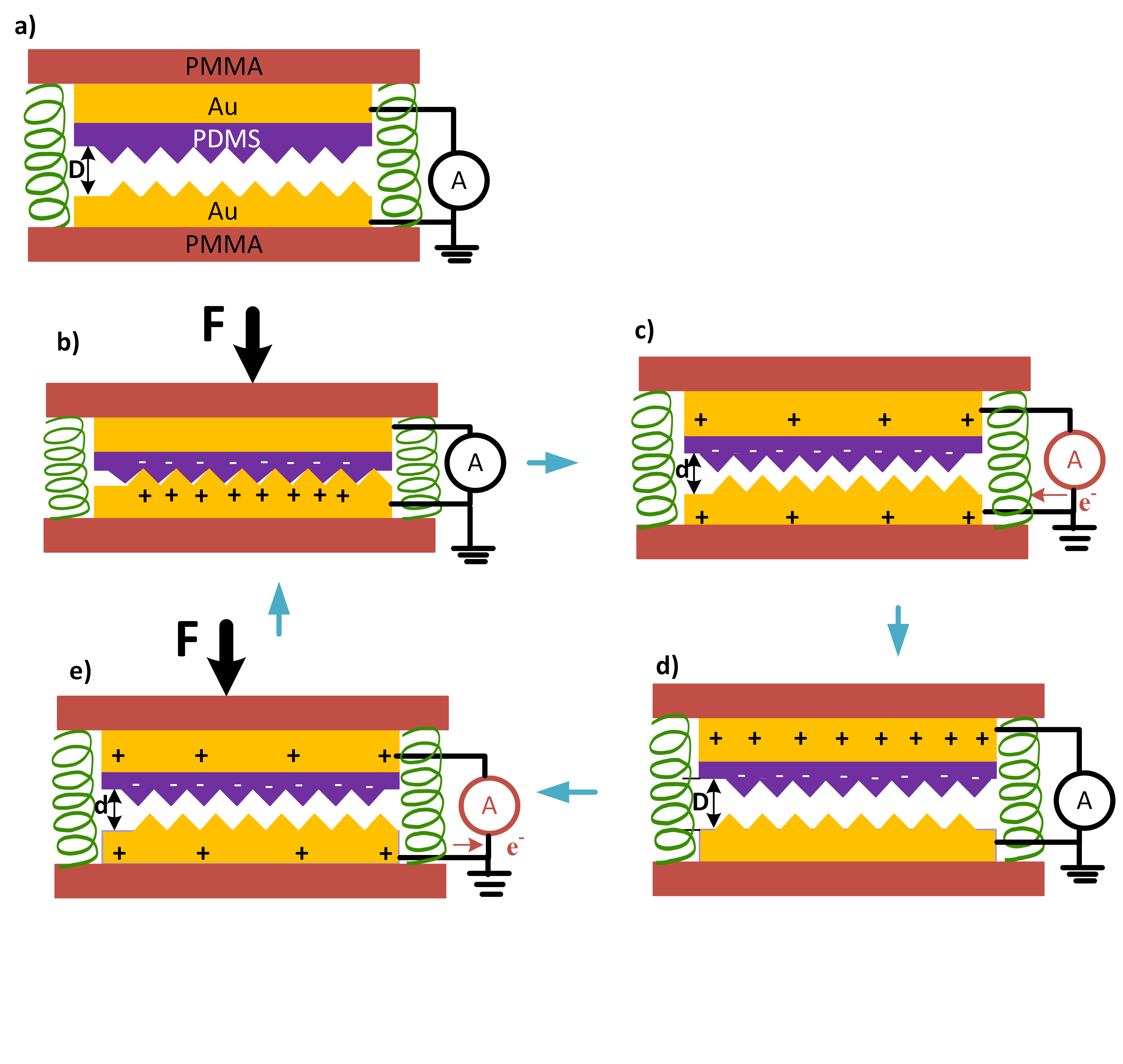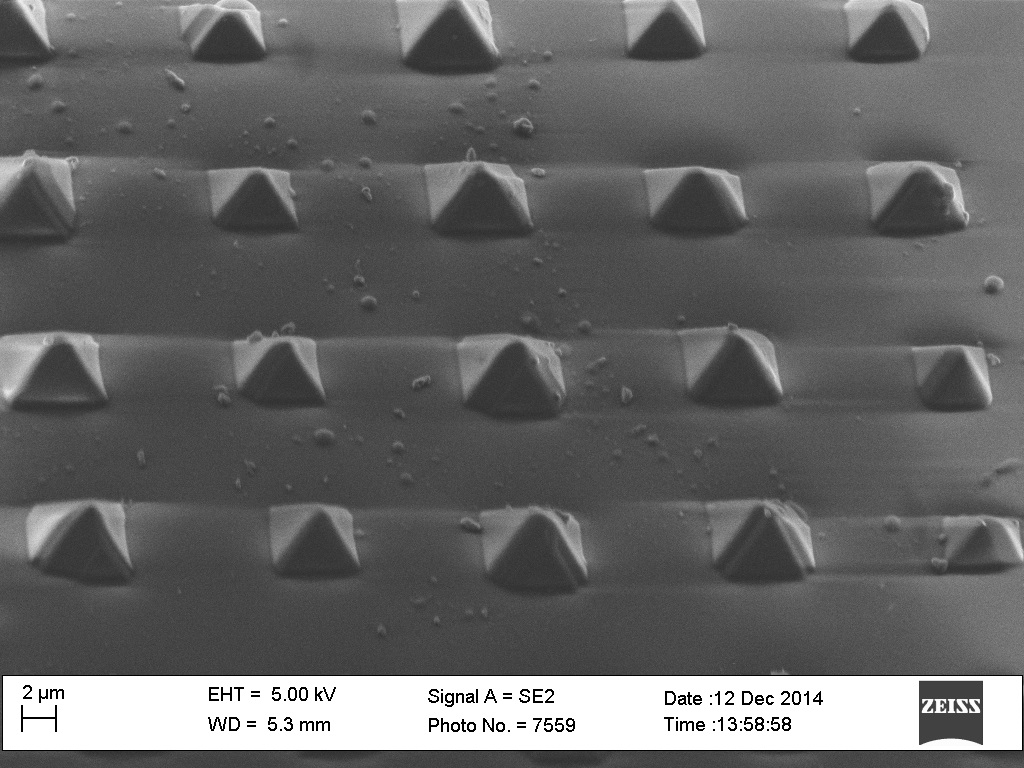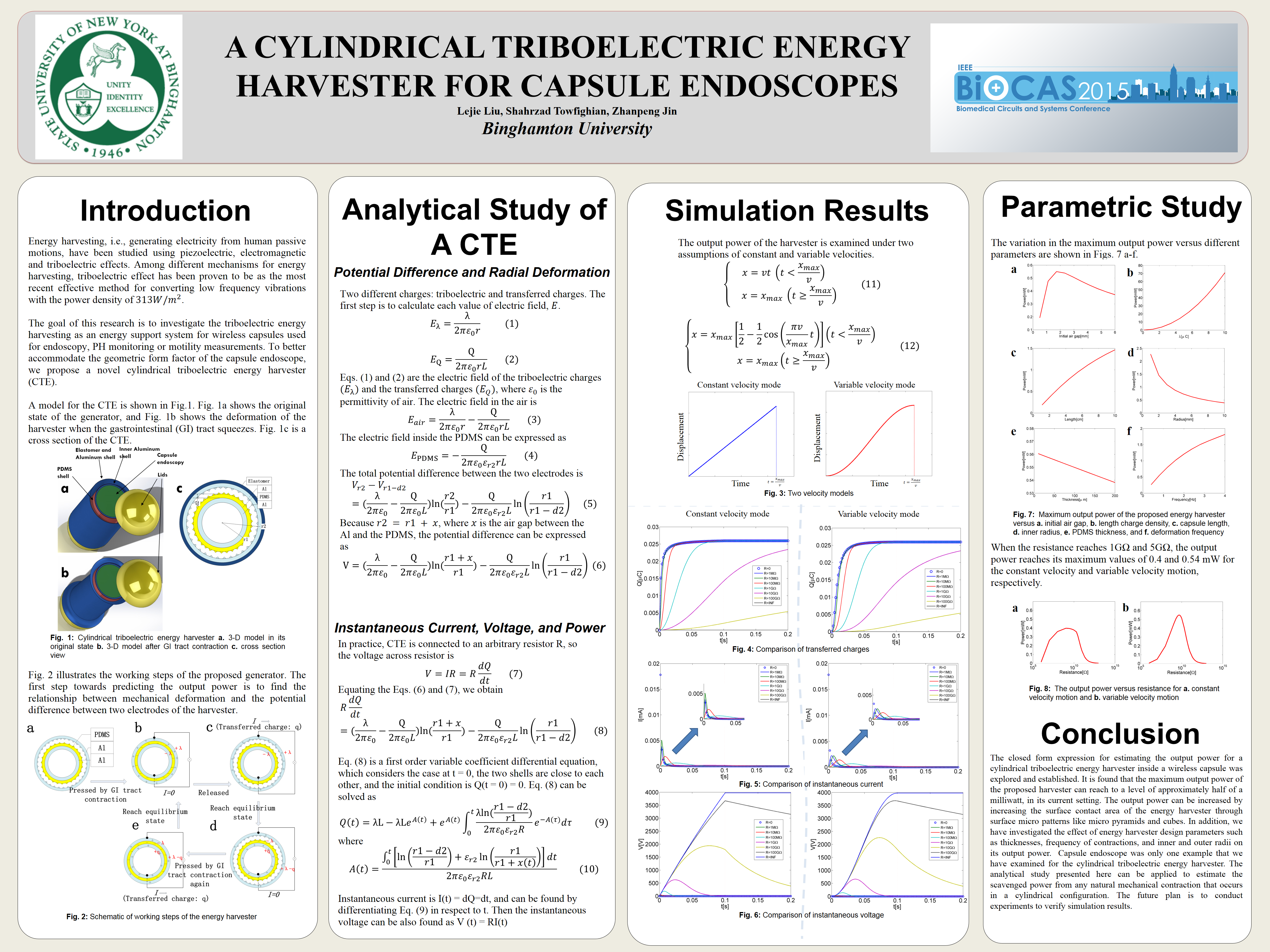RESEARCH
CURRENT RESEARCHEnergy harvesting from Nonlinear Mechanical Vibration
Mechanical vibration present in the environment and transportation vehicles is an abundant source of energy that can be used to operate remote sensors to detect early signs of failure. We are developing a compact and high performance nonlinear resonator that can efficiently harvest energy from broadband ambient mechanical vibration below 100 Hz to operate self-powered sensors. Using nonlinear resonators with piezoelectric transducers, milliwatts of power can be generated that is sufficient for transmitting data. The nonlinear resonator is a bi-stable system that shows softening with a wideband frequency range. Exciting with a random vibration signal, we are evaluating the output power. The product of this research can be used for autonomous wireless sensors in remote places.
Energy Harvesting from Triboelectric Effect for Biomedical Devices
Friction of two polymer surfaces or a polymer and a conductor can generate electrostatic charge, similar to the charge that is generated from rubbing a balloon on your hair. Upon using conductors for transferring the generated charge, an electron flow (current) can be created from electrification and electrostatic induction that happen on the contact. Hence, periodic contact and separation from mechanical motion can be converted to an AC voltage signal proportional to the applied force. This phenomenon leads to a self-powered load sensor that we are analytically modeling and experimentally validating. These self-powered sensors are most suitabe for biomedical sensor applications due to their superior performance at low frequency vibrations.
Schematic of triboelectric energy harvester Fabricated PDMS layer of the harvester with pyramid pattern A Cylindrical Triboelectric Energy Harvester for capsule Endoscopes
MEMS Actuators for large out-of-plane displacement and bi-axial rotations
MEMS actuators capable of large out-of-plane displacements and large rotations are desired for optical applications such as optical coherence tomography, endoscopy and interferometry. Our main method of actuation is electrostatic actuation due to the low power consumption and easy fabrication. For large bi-axial rotations, we are exploring static and dynamic modeling of micromirros with sidewall electrodes and studying their nonlinear dynamic behavior effect on their performance. For large out-of-plane displacements, we are investigating static and dynamic behavior of a micromirror with repulsive force actuators. Our observation was that nonlinear effects strongly affect the performance of these actuators. Hence, characterization and simulation of these actuators are essential to predict their response to applied voltages and to optimize their design for large stroke and scanning angles. The optimization of these actuators can lead to higher resolution and larger field of view in imaging devices.
Micromirror with sidewall electrodes

Last Updated: June 12, 2013




